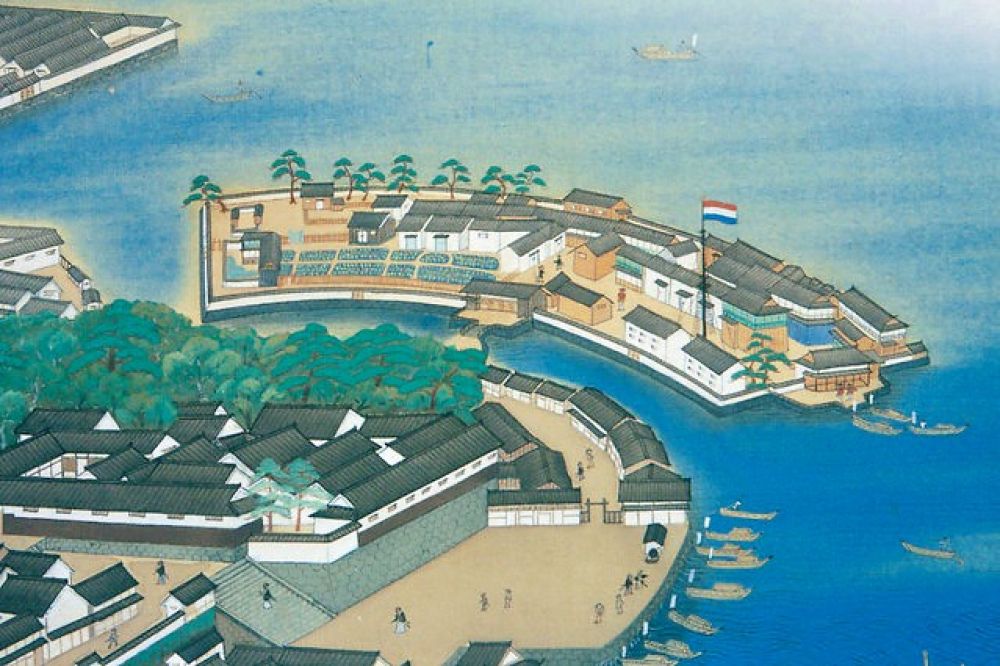

Dejima, once an artificial island of Nagasaki, Japan, played a pivotal role in bridging Japan with the outside world during the Edo period. Constructed in 1634, Dejima was originally built to sequester Portuguese residents from Nagasaki and to control their missionary activities. When the Tokugawa shogunate expelled the Portuguese in 1639, Dutch traders took their place and Dejima became a crucial hub for trade and exchange of knowledge between Japan and the West during Japan's period of isolation, known as Sakoku.
In time, as Japan opened up to the world, the importance of Dejima as a trading post diminished, and the once-isolated island was absorbed into the city of Nagasaki due to land reclamation projects. It wasn’t until the 20th century that efforts to restore Dejima and preserve it as a historical site began. Restoration work aimed to resurrect the island to its former Edo period glory, to serve as a window into the cultural exchange between Japan and the Netherlands.
The restoration and archaeological discoveries on Dejima have since turned this unique historical site into an important tourist destination. Visitors can now walk the streets of Dejima and observe the restored buildings, including residences, warehouses, and offices that illustrate the life during the time when Dejima served as the sole gateway between Japan and the outside world.
In contemporary tourism, there's a growing trend towards experiential travel and historical immersion. Tourists visiting Dejima can partake in various educational programs, guided tours, and interactive experiences that bring the history of the area to life. The island hosts several cultural events and festivals throughout the year, allowing tourists to experience traditional Dutch and Japanese customs melded into one unique cultural expression.
Moreover, in line with sustainable tourism practices, efforts have been made to maintain Dejimia in a way that respects its heritage while fostering an environment for educational growth. This includes careful management of tourist flows to the island and continuous restoration work, ensuring the historical site can be enjoyed by future generations.
For history enthusiasts and anyone interested in the cultural exchange between Japan and the West, Dejima is a must-visit destination. The site's museum offers multilingual guides and displays, making it accessible and informative for a diverse audience. Visitors can enjoy traditional Japanese and Dutch cuisine at local restaurants in the area, further enhancing the cultural experience.
Thanks to its rich history and the commitment to authentic restoration, Dejima stands as a testament to cultural resilience and openness. As both a vital historical site and a proponent of the current trends in tourism, Dejima remains a jewel in the heart of Nagasaki, inviting guests from around the world to step back into a significant time in Japanese and world history.